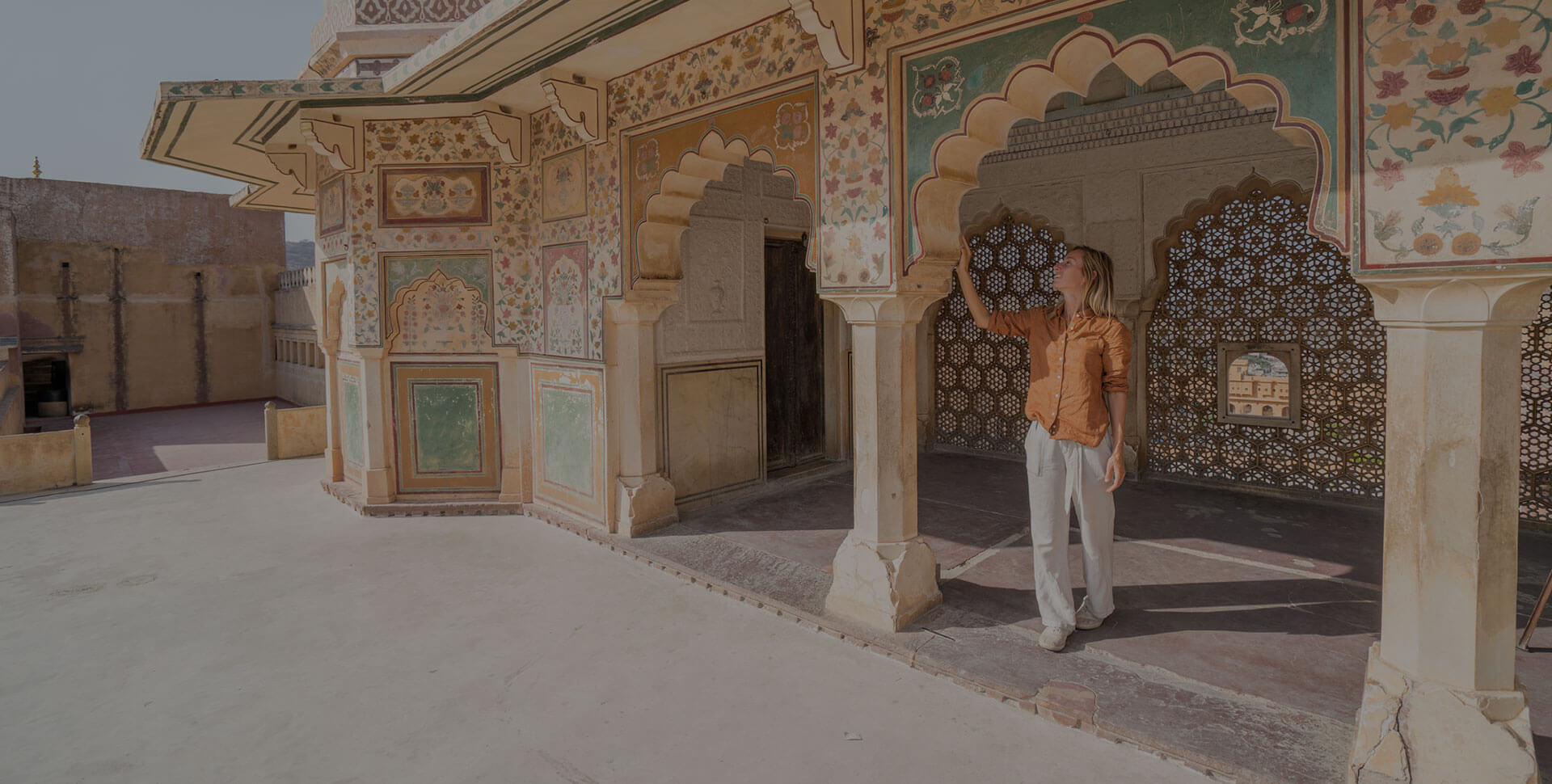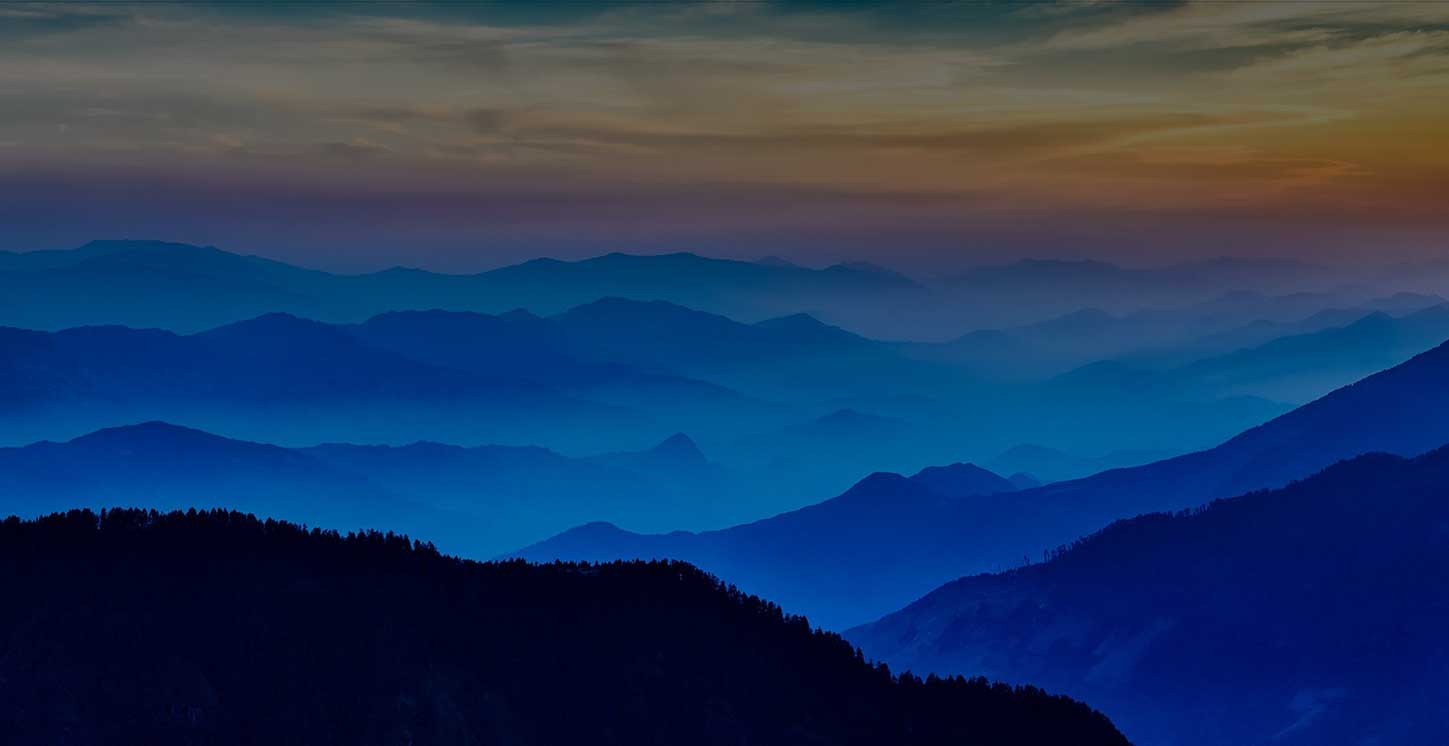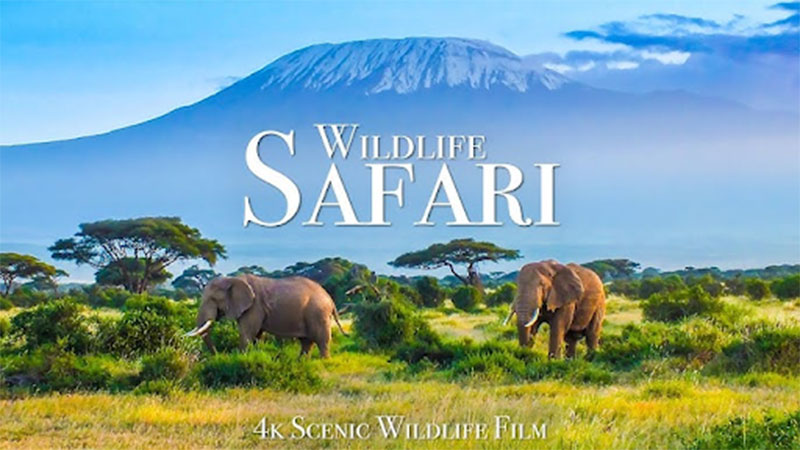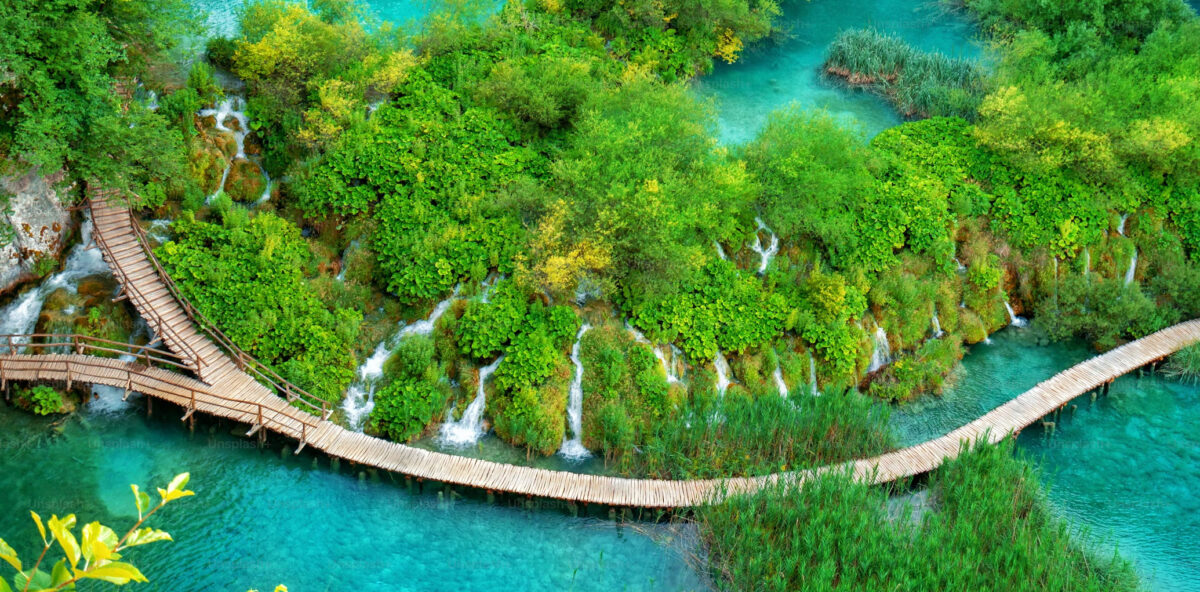Category: North East India
Aoling Festival – Celebrations of the Konyak Head Hunters

Tucked deep inside the forested hills of Mon in eastern Nagaland (Northeast India), lives a tribe known as Konyak Nagas. Famed in the past as a deadly head-hunting tribe of Nagaland, the Konyaks today live a peaceful life practicing terraced agriculture, drinking home brewed rice beer, smoking opium and occasionally hunting.
Thankfully, the recent tourism burst in the North Eastern frontiers of India has not diluted their fascinating culture. The first week of April is the best time to meet these tribesmen, as it’s the time when they prepare for and celebrate their annual spring celebration known as Aoling Festival. It marks the arrival of the spring season and the start of the Konyak New Year. It is this time of the year when these head-hunters are in their most jovial spirits.
Weeklong Process of Aoling Festival
It is a weeklong festival, divided into four stages of celebration. The first three days of the Aoling festival are called Hoi Lah Nyih, Yin Mok Pho Nyih and Mon Shek Nyih. The first day is spent gathering firewood, collecting vegetables, preparing rice beer and weaving traditional attire and ornaments. On this day they also take part in the traditional ritual of foretelling, where chickens are sacrificed and the future is prophesised based on the shape of the chicken’s intestine!

The second and third days are spent searching for domesticated animals that will be sacrificed in the festival. During these days, the young boys of the tribe are also trained to follow the traditional male practices.
The fourth day, Lingnyu Nyih, is the liveliest day of the week where men and women of all ages dress in their best traditional outfits and jewellery. The whole day is meant for dancing, singing, community drinking and feasting. On this day the primitive headhunting rituals of the Konyak tribes are also re-enacted, where the Konyak men start their dance from the village gate, shoot their guns in the air and hold their imaginary enemy’s head to display power and victory.

The remaining two days Lingha Nyih and Lingshan Nyih are spent honoring and remembering loved ones that have passed away and meeting families and relatives.
During your time at the Aoling Festival, you will be amazed not just by the zest of the Konyak hospitality but also their sustainable way of living. Few of the villages, such as Lungwa, fall on the border of India and Myanmar. Interestingly, half of the hut of the chief is located in India and the other half in Myanmar. In some villages you will find a great collection of human skulls, a reminder of the Konyak’s savage history. At that time, taking off an enemy’s head was believed to increase the fertility of the crops as well as of the warrior.

In the 1950s, headhunting was banned by the Government of India. The efforts of the Christian missionaries have also curbed the barbaric practice. Nevertheless, the aura of the head-hunters remains.
If you wish to travel to the land of the Konyak Nagas to celebrate the Aoling festival, you just need to Contact Us and we will craft a tailor made tour that will allow you to discover the ancient tribes and cultures of North East India.
Kolkata: A Timeless City

For an avid traveller, nothing gives more satisfaction than visiting places which are more interesting than the norm and do not make in your list of the most favourite destinations. Kolkata is one such city of India, which is full of contradictions and deserves to be explored. Kolkata, formerly known as Calcutta is the capital of West Bengal and the second largest city in India after Mumbai. Kolkata is also known as the intellectual and cultural capital of India – this magnificent city has produced generations of writers, poets, film directors, and Nobel Prize winners. With so much to offer in heritage, culture, and contradictions, Kolkata is one city, which leaves a long-lasting impression on a first-time visitor. Until the 17th century, Kolkata was a village, inhabited by anglers and it saw a tremendous surge in growth at the height of British rule in India in the nineteenth and early twentieth century. Under the British rule, Kolkata flourished marvellously both commercially and culturally and it nurtured a perfect blend of East and West. Lets us talk about the main attractions of Kolkata:
The Indian Museum
The Indian Museum is the largest and the oldest museums in India, which was founded in 1814 at the cradle of the Asiatic Society of Bengal by a Dutch botanist under the British Rule. Since then, it has developed a lot and culminated into the best museum in the country. There are six sections in this museum, which are further divided into 35 galleries. Each gallery contains a wonderful range of various artefacts, antiquities, paintings and mummies etc.
Howrah Bridge

The Howrah Bridge is one of the most renowned landmarks of Kolkata. It is the sixth longest cantilever bridge in the world, which is built over the Hooghly River. This bridge was commissioned in 1943, when it was named as the New Howrah Bridge, because it replaced a pontoon bridge at the same location linking the two cities of Howrah and Kolkata. It was renamed as Rabindra Setu on 14 June 1965 after the name of the great Bengali poet Rabindranath Tagore.
Victoria Memorial

Located on the plains on the banks of the River Hoogly, the Victoria Memorial was built between 1906 and 1921 to commemorate Queen Victoria’s 25-year reign in India. Spread over 64 acres of land, there are 25 galleries in this building which display various antiquities and artefacts. It is one of the most prominent reminders of the British Raj in India. This massive white-marble museum is constructed by using the top quality Makrana marbles, transported from Rajasthan.
Birla Temple
The construction of the temple started in 1970 and it took 26 years to complete the structure. Birla Temple is one of the several Birla temple landmarks, which are sprinkled across various major cities in India. These temples are maintained by the Birla Family of India and dedicated to Lord Krishna. This glorious building was built by using white marble and it is spread across an approximate area of 130 acres of land.
Park Street

Park Street is the most famous food street of Kolkata, as it is home to popular pubs and restaurants in the area. This thoroughfare was one of the prominent nightlife spots in the 70’s and the 80’s. The Kolkata Municipal Corporation gave this place its current official name in honour of Mother Teresa. However, things have changed a lot over the years; Park Street is still one of the most visited areas in Kolkata.
Calcutta Racecourse
The Royal Calcutta turf club was founded in 1847 in the British India and it was the first horse racing organization in India. The Calcutta or the Kolkata Racecourse was established in 1820 and is one of the oldest horse race courses in the country. The races are conducted between the months of July to September and November to March on Saturdays or any other public holidays.
Mother Teresa’s Motherhouse

The Missionaries of Charity’s Mother House is a place of pilgrimage and reverence. Tourists come here to pay homage at Mother Teresa’s large tomb. There is a small adjacent museum room, which displays Teresa’s worn sandals and battered enamel dinner bowl. This place was established by Mother Teresa in 1950 with the purpose to serve humankind. Prayer petitions can be placed in the box on Mother Teresa’s Tomb during the visit. All petitions are offered on the altar during the weekly Friday Mass.
Eden Gardens
Eden Gardens is a famous cricket ground, which is situated in the heart of Kolkata near Maidan. With a seating capacity of 66,000, it is the largest cricket stadium in India and the second-largest cricket stadium in the world behind the Melbourne Cricket Ground. This stadium is the home of the Bengal Cricket Team and the Kolkata Knight Riders of the Indian Premier League. The name ‘Eden Gardens’ has been kept by its makers, who were inspired by ‘The Bible’. The Eden Gardens complex spreads over a massive lush green land, including the cricket stadium, indoor stadium and many gardens, lakes and a Pagoda.
Eco Tourism Park

This is the newest attraction of Kolkata, which was conceptualised by the Chief Minister of West Bengal, Mamata Banerjee on July 2011. The West Bengal Housing Infrastructure Development Corporation developed it. This park is divided into three broad parts – ecological zones, theme gardens and urban recreational spaces. The major attractions of this park are: Rose Garden, Butterfly Park, Music Fountain, Food Park, Banglar Haat, Baul Gram, Shilpi Kuthi Cottages and Conference Hall.
St Paul’s Cathedral

St Paul’s Cathedral is the first Episcopal Church of the eastern world. It is an Anglican cathedral of the Church of North India. It is also an architectural marvel as it is modelled on the “Bell Harry” tower of Canterbury Cathedral and it also resembles England’s Norwich Cathedral with three Gothic stained glass windows and two frescoes in the Florentine Renaissance style. It is located at the southern end of the Maidan in Kolkata, with its eastern side facing the majestic Victoria Memorial. The cornerstone of this church was laid in 1839 and the building was completed in 1847. It is said to be the largest cathedral in Kolkata and the first Episcopal Church in Asia. It was also the first cathedral, which was built in the overseas territory of the British Empire. It is also close to the Rabindra Sadan theatre complex, Nandan and the Birla Planetarium. It is also flanked by a number of ancient trees. The interior of the church offers a visual panorama with outstanding floral designs on the walls. The Life and work of St. Paul are vividly depicted in pictures.





 +1-(765)-586-1210
+1-(765)-586-1210 +44-2030-2689-44
+44-2030-2689-44 +91 124 4361906
+91 124 4361906







 +1-(765)-586-1210
+1-(765)-586-1210 +44-2030-2689-44
+44-2030-2689-44

